The Lancashire, 563 Park Avenue: Review and Ratings
between East 62nd Street & East 63rd Street View Full Building Profile
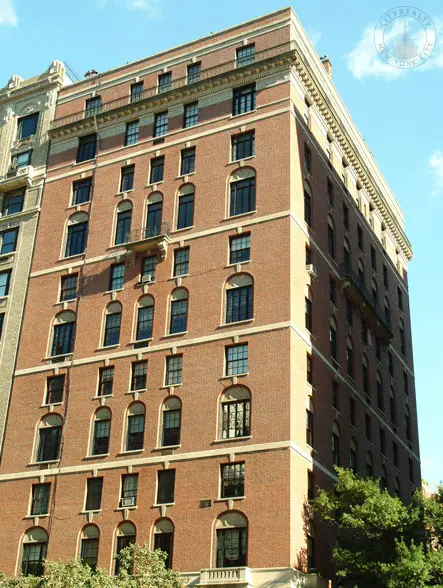

This very handsome, red-brick building at 563 Park Avenue on the northeast corner at 62nd Street is one of the livelies façades on the avenue and was erected in 1910 and has 20 cooperative apartments.
It was built by William J. Taylor, who built 925 and 863 Park Avenue, the oldest luxury apartment buildings on the avenue as well as 563, 823 and 829 Park Avenue.
Walter B. Chambers was the architect. It was converted to a co-operative in 1947.
Bottom Line
A prime pre-war building with impressive layouts across the avenue from the very handsome Colony Club.
Description
The building has one of the liveliest and most complex façades on Park Avenue.
Above its two-and-a-half-story, rusticated limestone base, the building has several white stone belt courses, numerous wrought-iron balconies as well as a few in limestone and alternate floors with different window heights. The larger floors not only have taller windows, but the windows are capped with curved arch decorative elements. The balconies are underneath corner windows at the 3rd, 5th, 7th, 9th and 11th floors and a continuous balcony runs under all the top floor windows. Balconies also are under the center windows on the 9th floor on both the avenue and side-street façades.
It has a three-story limestone base with rustication on the second and third floors, and a paneled lobby, but protruding air-conditioners and an inconsistent fenestration.
It has a very attractive arched, canopied, four-step-up entrance on the side-street.
Amenities
The building has a part-time doorman and a full-time elevator operator, storage and a roof deck and it is pet friendly.
Apartments
Apartment10/11E has a 10-foot-long entry foyer that leads to a 36-foot-long living room with a two fireplaces, a 15-foot-long elliptical dining room next to a 16-foot-long enclosed kitchen and three bedrooms with a fireplace in the master bedroom on the lower level and a 16-foot-long library with a fireplace, a 24-foot-long office with a fireplace, two bedrooms and an 18-foot-long laundry on the upper level.
Apartment 2W is a two-bedroom unit with a 15-foot-long gallery that leads to a 20-foot-long living room with a fireplace, a 13-foot-long dining room next to a 13-foot-long enclosed kitchen, a 15-foot-long library. The master bedroom also has an 11-foot-long office.
Apartment 12E is a two-bedroom unit that has a 7-foot-wide entry foyer that opens onto a 17-foot-long gallery that leads to a 19-foot-long living room with a fireplace and a 15-foot-long dining room across from a 15-foot-wide enclosed kitchen.
History
It replaced five row houses and, according to James Trager, the author of "Park Avenue, Street of Dreams," (Atheneum, 1990), was known as "the first luxury apartment house" on the avenue.
"Its architect made it look as if all its cooperative apartments were duplexes; actually, those facing the avenue really are, those in the rear are not,” according to Mr. Trager, who added that a typical apartment had a 26-foot-long drawing room, a 25-foot-long dining room, a private hall, a servants’ dining room and kitchen on the lower level and four bedrooms on the upper level.
In 1893, architect Chambers joined with Emmanuel Louis Masqueray to form the first atelier for architectural studies in the United States that was based on the French Ecole des Beaux Arts and its students included Leonard B. Schultze, an architect involved with the design of the Pierre and Sherry-Netherland Hotel, and William Van Alen, the architect of the Chrysler building.
Mr. Chambers formed a partnership in 1894 with Ernest Flagg and in 1896 they designed the St. Nicholas Rink on the northside of 66th Street east of Columbus Avenue for Cornelius Vanderbilt and John Jacob Astor as a skating rink that was later converted to a famous boxing arena and was eventually demolished in the 1980s.
Mr. Chambers also designed 1148 Fifth Avenue and 2 East 96th Street.
A February 28, 1909 article in The New York Times noted that this building and another at 535 Park Avenue seemed “likely to have a very important influence in hastening the transformation of that thoroughfare for a few blocks north of Fifty-ninth Street into a region of apartment houses of the highest class” and “will go far toward determining the form of its future improvement.”
“The change from steam to electricity as motive power in the tunnel has been most important factor in the movement toward the rehabilitation of Park Avenue,” the article continued, adding that “the mere fact that a majority of the dwellings on corner lots were made to face on side streets shows conclusively that the earlier generation of buildings regarded the avenue as a thing to be avoided.”
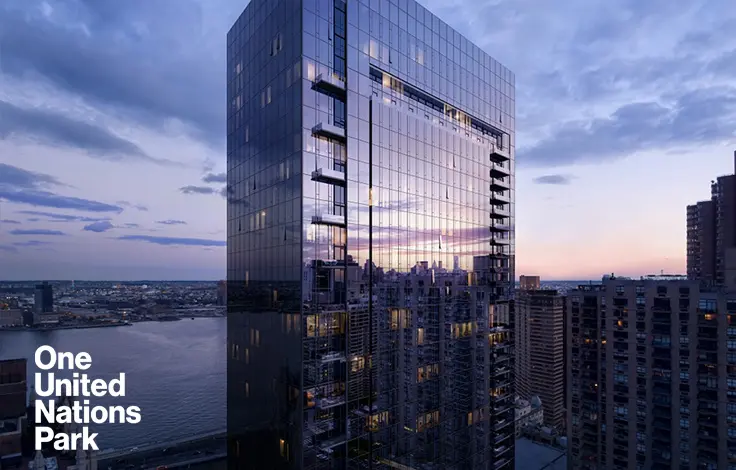
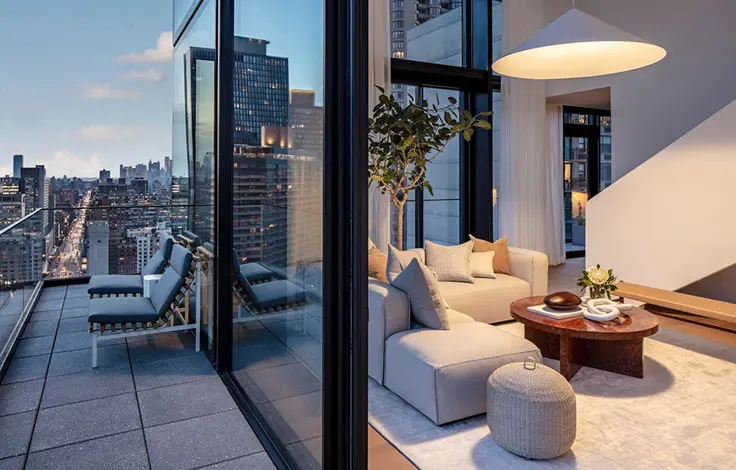
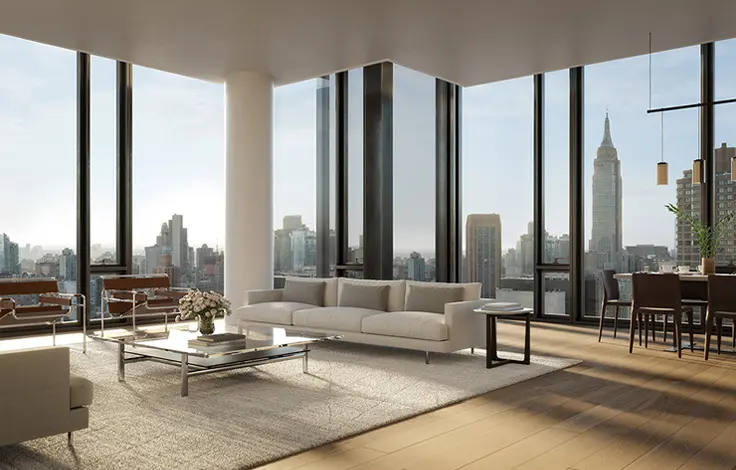

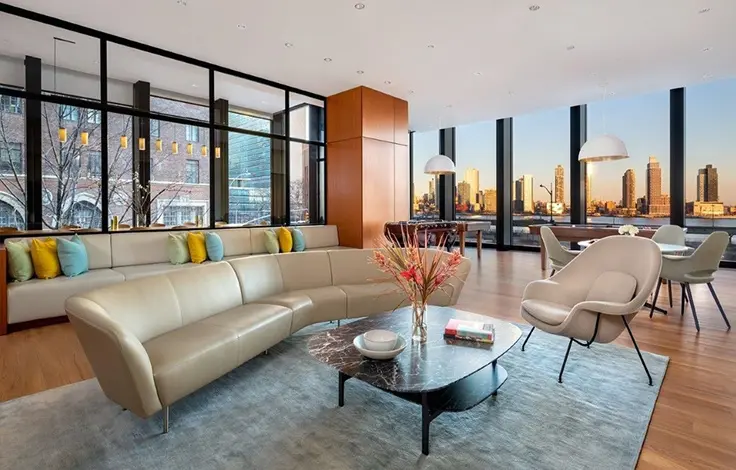
 6sqft delivers the latest on real estate, architecture, and design, straight from New York City.
6sqft delivers the latest on real estate, architecture, and design, straight from New York City.
